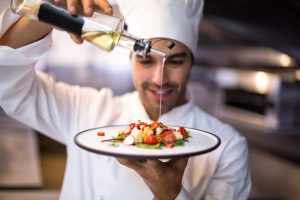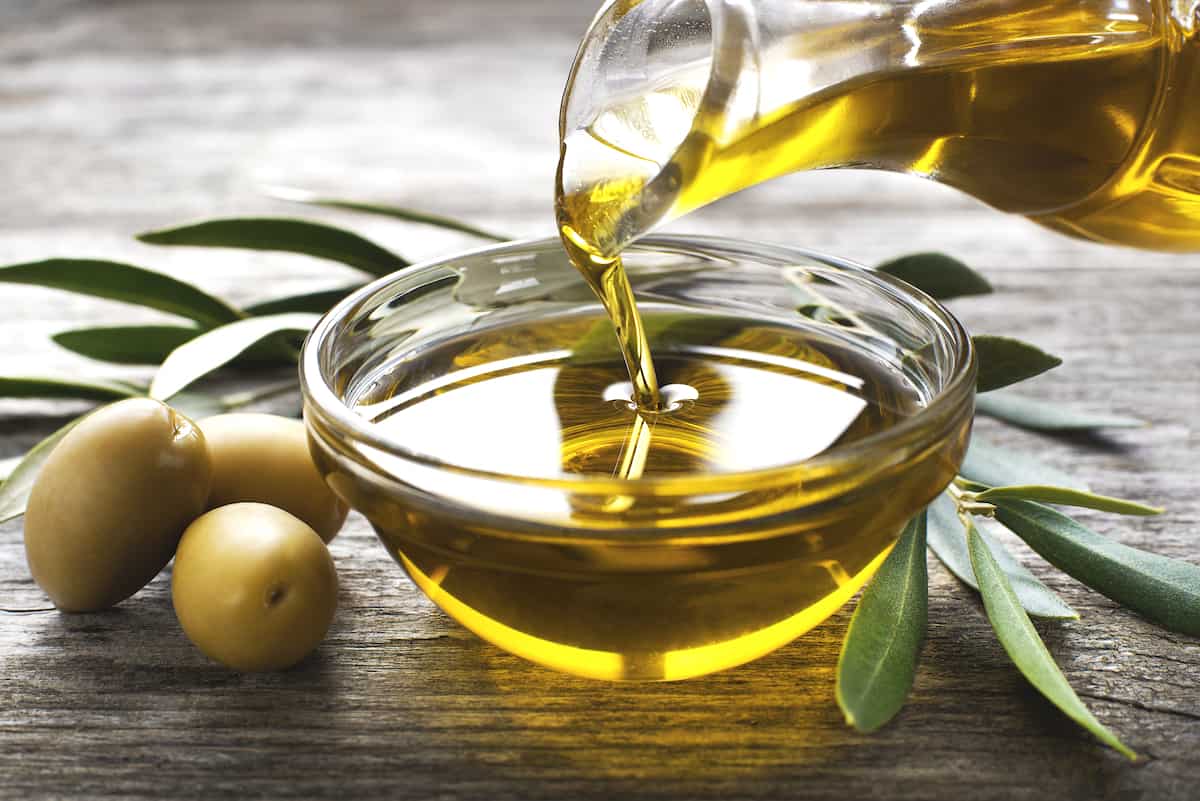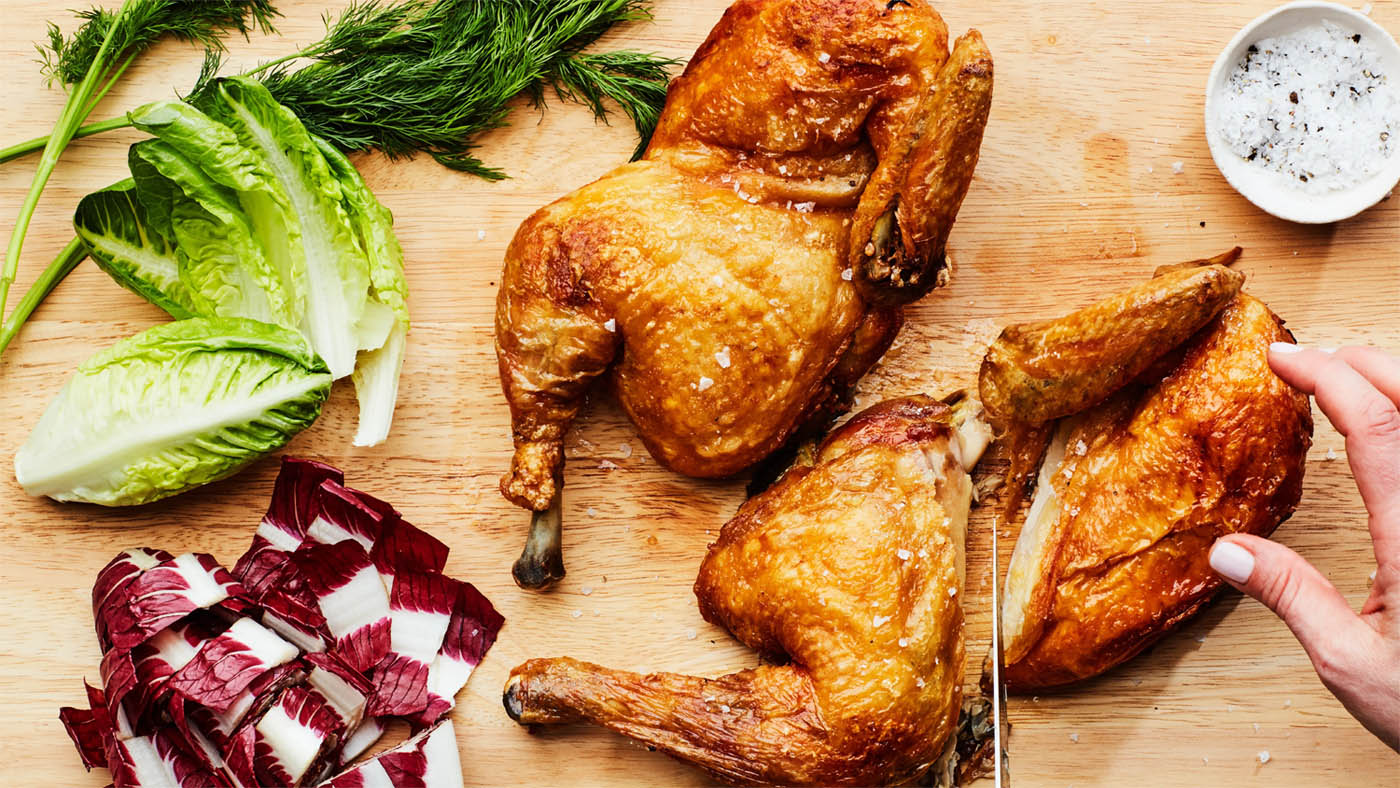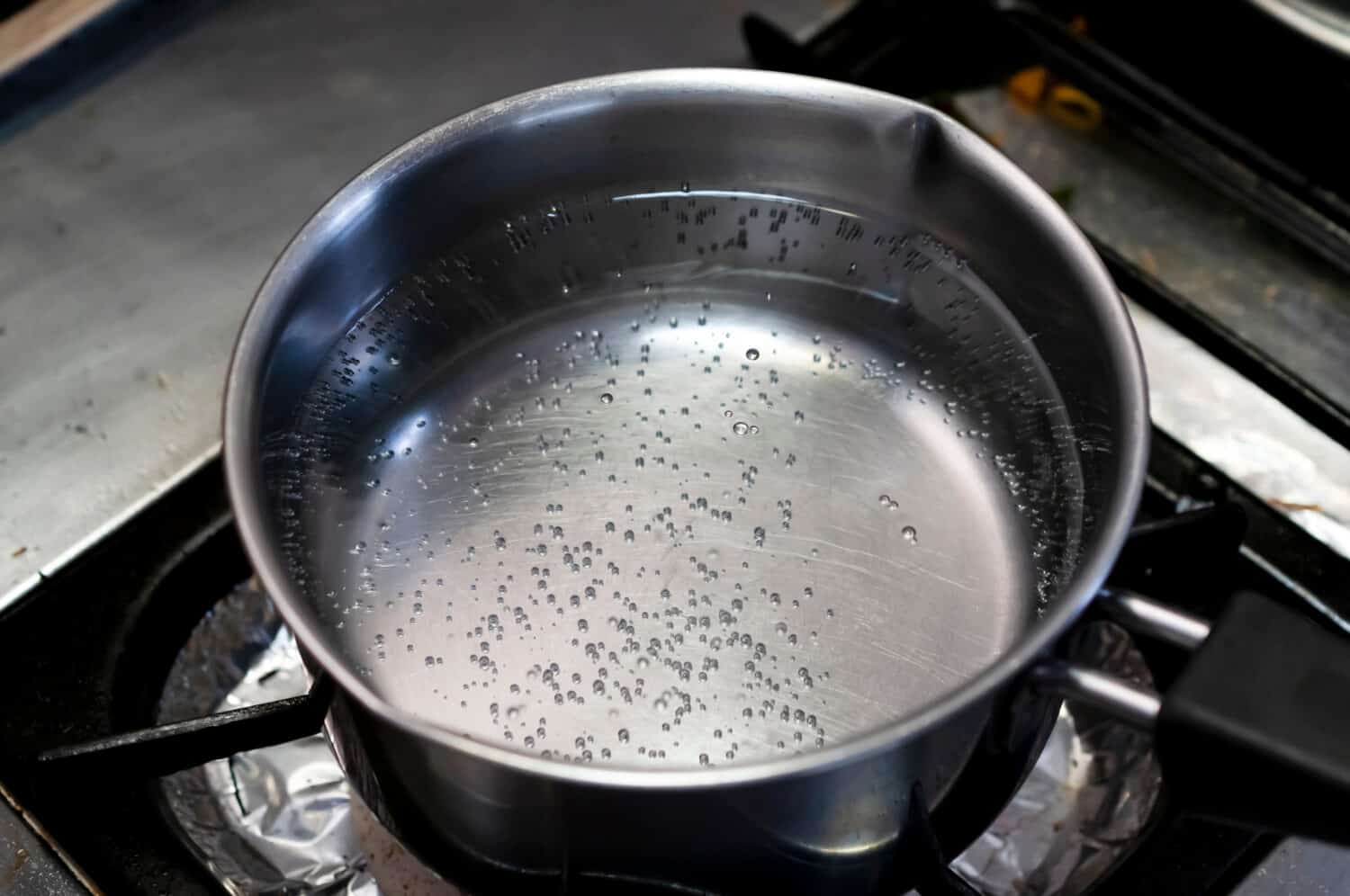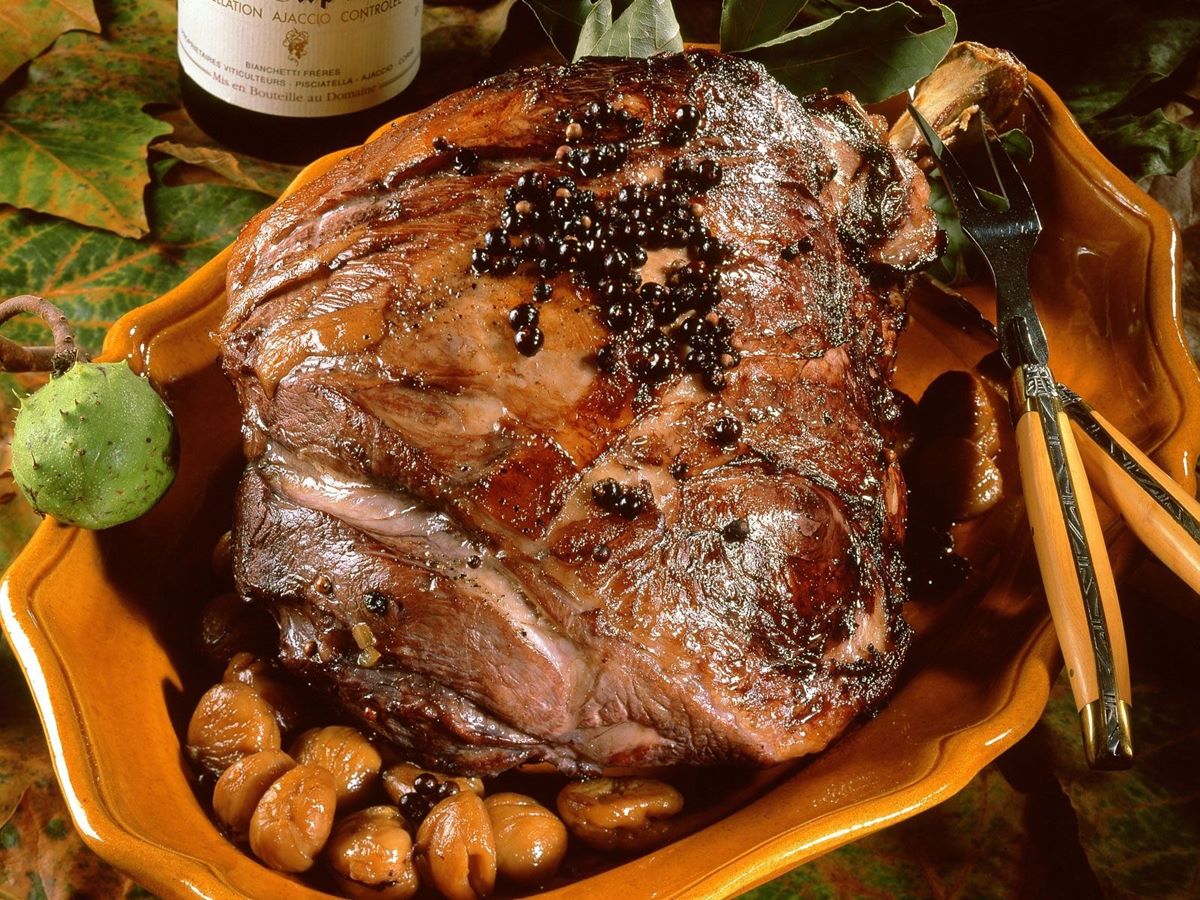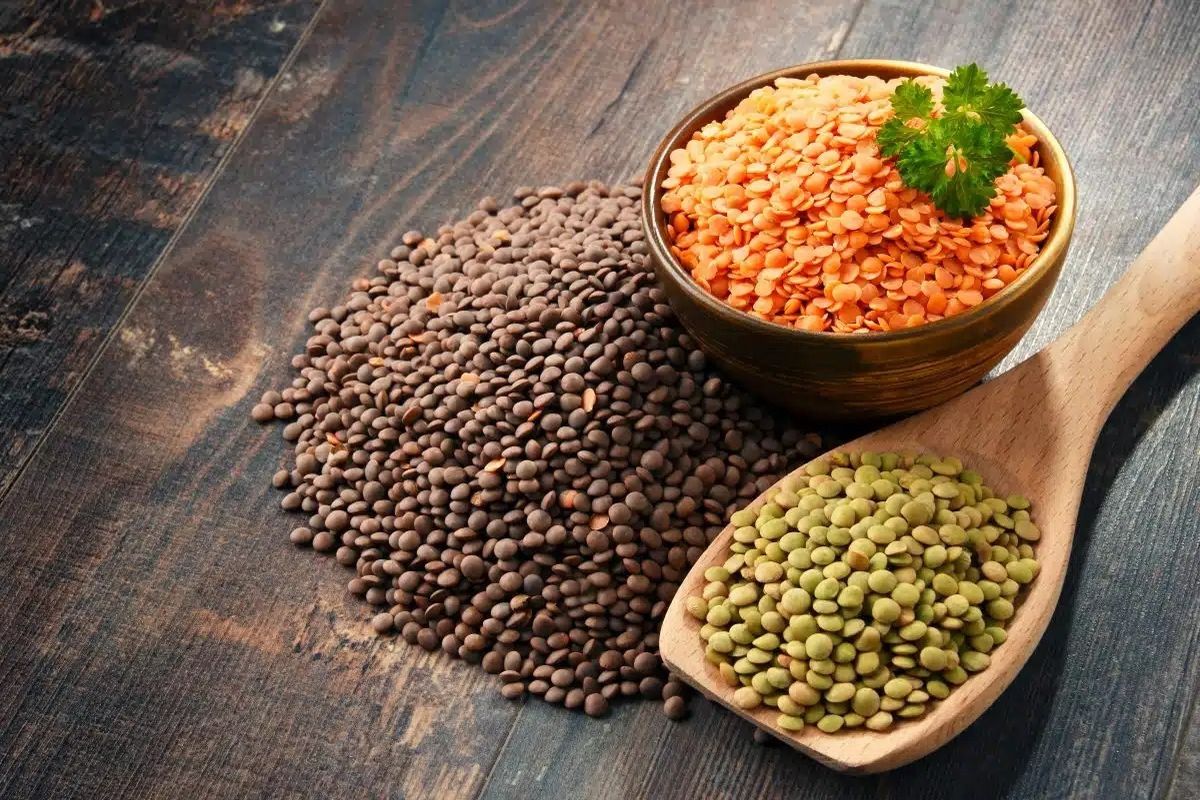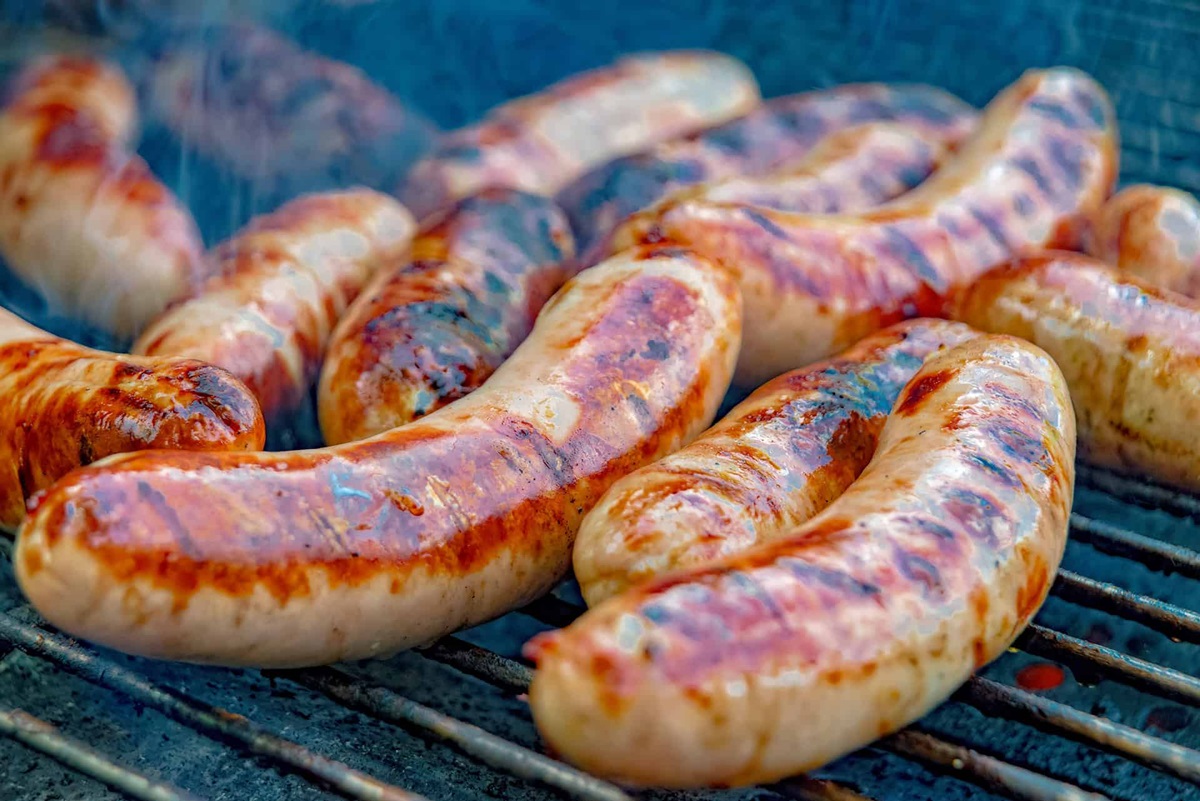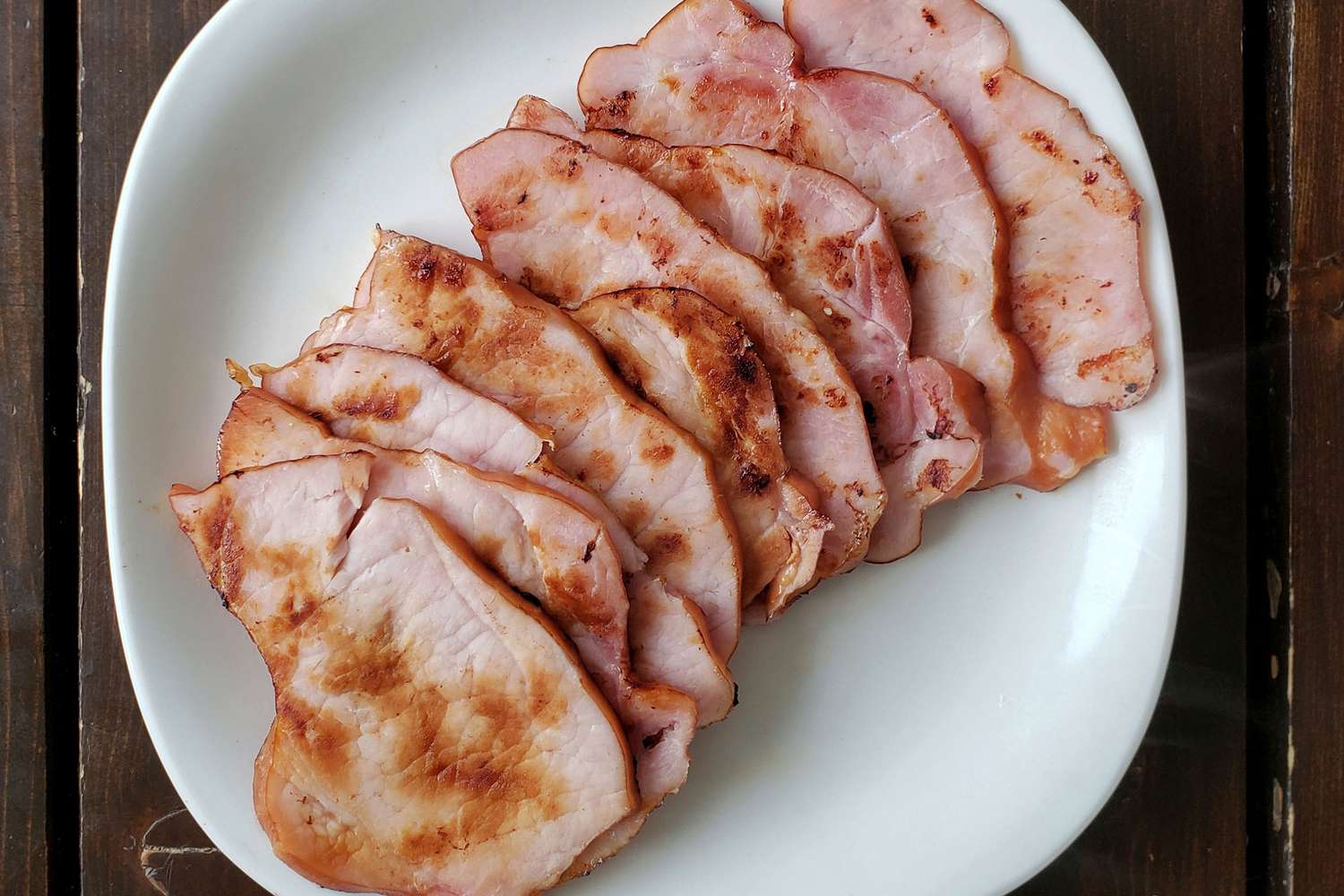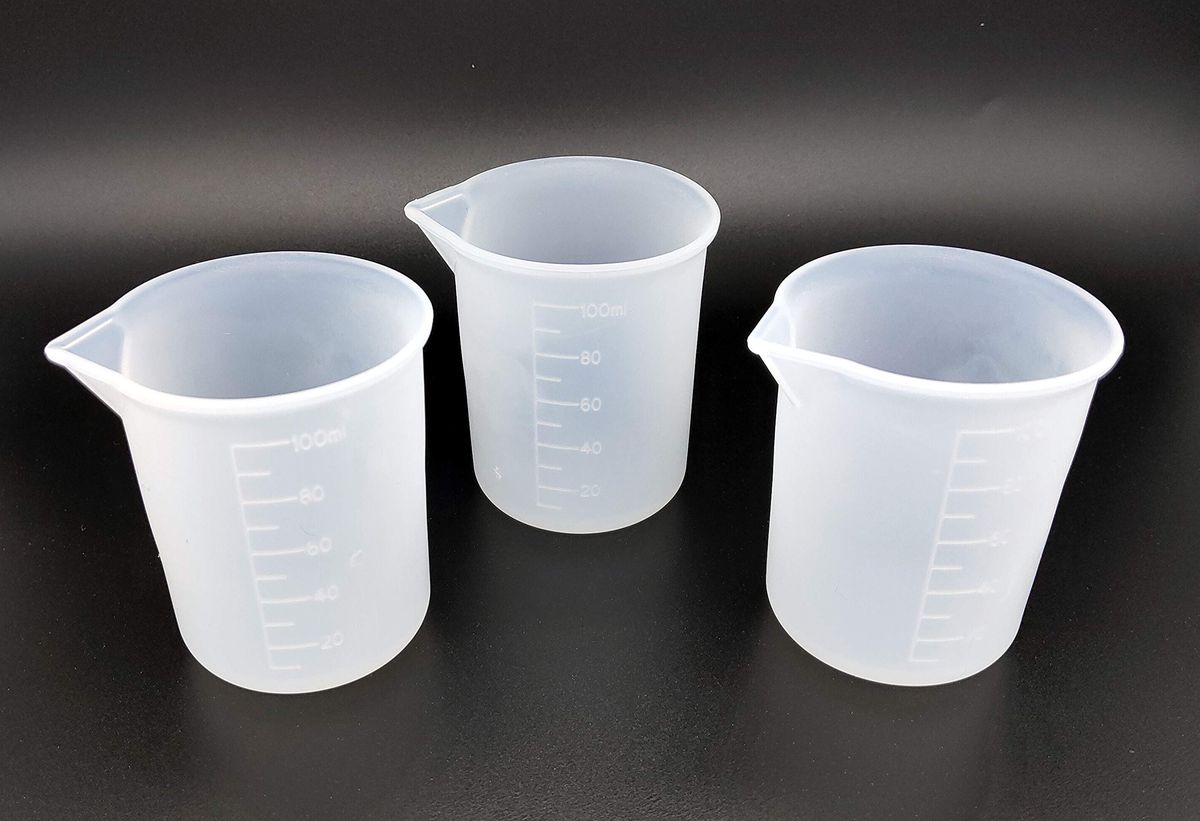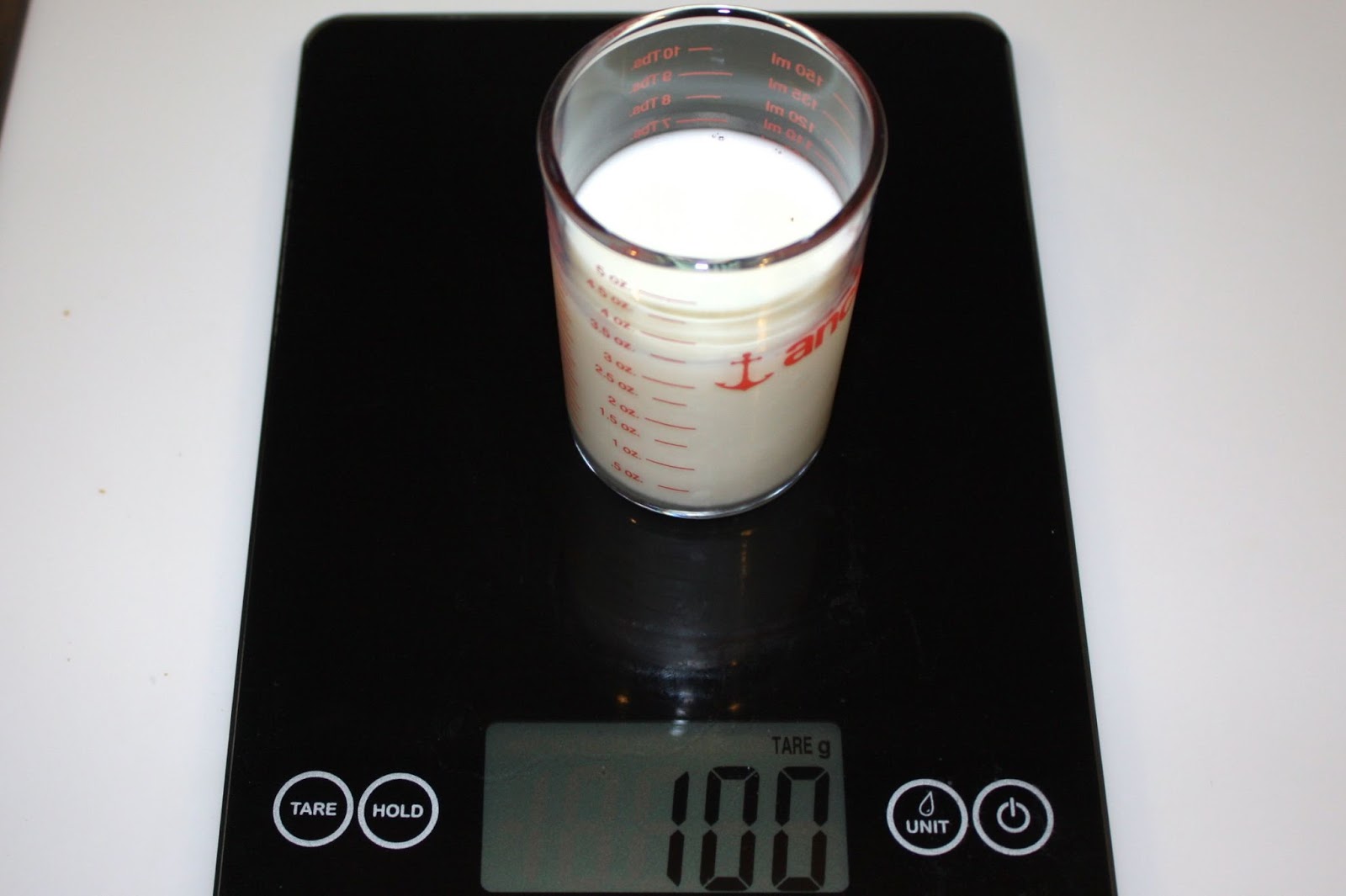Cooking can seem overwhelming with so many techniques to master. Understanding different methods helps make sense of recipes and improves your skills. From boiling to baking, each method brings unique flavors and textures to food. Knowing when to use each technique can transform simple ingredients into delicious meals. This guide will break down common cooking methods, explaining how they work and when to use them. Whether you're a beginner or looking to refine your skills, learning these basics will make you more confident in the kitchen. Let's dive into the world of cooking and discover how each method can elevate your dishes.
Essential Ingredients for Cooking 101
Ingredients
-
Meats
- Chicken breast
- Ground beef
- Pork chops
- Salmon fillets
-
Vegetables
- Carrots
- Broccoli
- Bell peppers
- Spinach
-
Fruits
- Apples
- Bananas
- Strawberries
- Lemons
-
Dairy
- Milk
- Butter
- Cheese
- Yogurt
-
Grains
- Rice
- Pasta
- Quinoa
- Bread
-
Spices and Herbs
- Salt
- Pepper
- Garlic powder
- Basil
-
Oils and Sauces
- Olive oil
- Soy sauce
- Vinegar
- Tomato sauce
-
Miscellaneous
- Eggs
- Flour
- Sugar
- Baking powder
Necessary Tools for Cooking 101
Tools Needed for Cooking 101: Understanding Different Cooking Methods
-
Chef's Knife
- Essential for chopping, slicing, and dicing ingredients.
-
Cutting Board
- Provides a safe surface for cutting and preparing food.
-
Measuring Cups and Spoons
- Ensures accurate measurements for recipes.
-
Mixing Bowls
- Useful for combining ingredients.
-
Saucepan
- Ideal for boiling, simmering, and making sauces.
-
Skillet/Frying Pan
- Perfect for sautéing, frying, and browning food.
-
Baking Sheet
- Used for baking cookies, roasting vegetables, and more.
-
Oven Mitts
- Protects hands from hot surfaces and dishes.
-
Whisk
- Great for mixing, beating, and whipping ingredients.
-
Tongs
- Handy for flipping and turning food.
-
Wooden Spoon
- Useful for stirring and mixing without scratching cookware.
-
Colander
- Drains pasta, vegetables, and other foods.
-
Peeler
- Removes skins from fruits and vegetables.
-
Grater
- Shreds cheese, vegetables, and other ingredients.
-
Thermometer
- Checks the internal temperature of meats and other dishes.
-
Rolling Pin
- Rolls out dough for baking.
-
Kitchen Scale
- Measures ingredients by weight for precision.
-
Blender/Food Processor
- Blends, purees, and processes ingredients quickly.
-
Timer
- Keeps track of cooking times to prevent overcooking.
-
Spatula
- Flips and serves food with ease.
-
Ladle
- Serves soups, stews, and sauces.
-
Can Opener
- Opens canned goods efficiently.
-
Strainer/Sieve
- Sifts dry ingredients and strains liquids.
-
Garlic Press
- Minces garlic quickly and easily.
-
Kitchen Shears
- Cuts herbs, trims meat, and opens packages.
-
Zester
- Adds zest from citrus fruits to dishes.
-
Pastry Brush
- Applies glazes, sauces, and butter to food.
-
Mortar and Pestle
- Grinds spices and herbs for fresh flavors.
Different cooking methods include baking, grilling, steaming, frying, and boiling. Each technique affects flavor, texture, and nutritional value. Experiment to find the best method for each ingredient.
The Importance of Cooking 101
Boiling uses water to cook food evenly. It’s great for pasta, vegetables, and eggs. Grilling adds a smoky flavor by cooking over an open flame. It’s perfect for meats and vegetables. Baking uses dry heat in an oven, ideal for bread, cakes, and casseroles.
Step-by-Step Guide to Cooking 101
Cooking 101: Understanding Different Cooking Methods
1. Boiling
- Fill a pot with water.
- Add salt to the water.
- Bring water to a boil.
- Add ingredients to the boiling water.
- Cook until tender or desired doneness.
- Drain and serve.
2. Steaming
- Fill a pot with a small amount of water.
- Place a steamer basket inside the pot.
- Bring water to a simmer.
- Add ingredients to the basket.
- Cover and steam until cooked through.
3. Sautéing
- Heat a pan over medium-high heat.
- Add oil or butter to the pan.
- Add ingredients to the hot pan.
- Stir frequently to cook evenly.
- Cook until browned and tender.
4. Frying
- Heat oil in a deep pan or fryer.
- Prepare ingredients by coating in batter or seasoning.
- Carefully place ingredients in hot oil.
- Fry until golden and crispy.
- Remove and drain on paper towels.
5. Roasting
- Preheat oven to desired temperature.
- Place ingredients on a baking sheet.
- Drizzle with oil and season.
- Roast in oven until browned and cooked through.
- Turn ingredients halfway through cooking.
6. Baking
- Preheat oven to the required temperature.
- Prepare ingredients according to the recipe.
- Place in a baking dish or on a baking sheet.
- Bake until done, checking for doneness with a toothpick or knife.
7. Grilling
- Preheat grill to medium-high heat.
- Brush grill grates with oil.
- Place ingredients on the grill.
- Cook, turning occasionally, until charred and cooked through.
- Remove from grill and let rest.
8. Broiling
- Preheat broiler in the oven.
- Place ingredients on a broiler pan.
- Position pan close to the broiler element.
- Broil until browned, turning if necessary.
- Watch closely to prevent burning.
9. Poaching
- Fill a pot with water or broth.
- Bring to a simmer (not boiling).
- Add ingredients to the simmering liquid.
- Cook gently until done.
- Remove with a slotted spoon.
10. Braising
- Brown ingredients in a pan with oil.
- Add liquid (broth, wine, etc.) to the pan.
- Cover and simmer on low heat.
- Cook until tender, usually for a longer period.
- Serve with the cooking liquid.
11. Stewing
- Brown ingredients in a pot.
- Add liquid and seasonings.
- Bring to a simmer.
- Cover and cook on low heat.
- Stir occasionally until ingredients are tender.
12. Blanching
- Bring a pot of water to a boil.
- Add ingredients to the boiling water.
- Cook briefly, just until tender.
- Transfer to ice water to stop cooking.
- Drain and use as needed.
Mastering the Art of Cooking
Cooking isn't just about following recipes; it's an adventure in flavors, textures, and techniques. From the sizzle of pan-frying to the gentle bubbling of stewing, each method offers a unique way to transform ingredients into mouthwatering meals. Whether you're a novice in the kitchen or a seasoned chef, understanding these different cooking methods can elevate your culinary skills to new heights. Experiment with roasting for that perfect golden crust, or try steaming to preserve the delicate flavors of vegetables and fish. Remember, cooking is as much about intuition and creativity as it is about precision and technique. So, don't be afraid to mix and match methods to discover what works best for your palate. With practice and patience, you'll find that mastering these cooking techniques is not only achievable but also immensely rewarding.
Common Questions About Cooking 101
What are the basic cooking methods everyone should know?
Mastering cooking methods is like having a secret weapon in the kitchen. Key techniques include baking, grilling, boiling, frying, and steaming. Each method brings out unique flavors and textures in food, making meals more interesting.
How does baking differ from roasting?
Though both use dry heat, baking is typically for items that lack structure initially, like cakes and bread. Roasting is suited for foods that start off solid and become more flavorful and tender, such as vegetables and meats.
Can you explain why marinating is important in grilling?
Marinating infuses food with flavor and tenderizes it, making grilling a whole new experience. It's a game-changer for meats and veggies, ensuring they're juicy, tender, and packed with taste.
What's the advantage of steaming over other methods?
Steaming is a champ for preserving nutrients, colors, and textures. It's gentle on food, keeping it moist and flavorful without the need for added fats. Ideal for veggies and delicate proteins like fish.
Why is frying considered less healthy?
Frying involves cooking food in oil at high temperatures, which can lead to a higher fat content in the final dish. Though delicious, it's wise to enjoy fried foods in moderation.
How do wet cooking methods like boiling affect food?
Wet cooking methods, such as boiling, can sometimes leach nutrients from food into the water. However, they're excellent for making broths, soups, and cooking tough cuts of meat until tender.
What's the best way to learn these cooking methods?
Practice makes perfect! Start with simple recipes that highlight one method at a time. Experimenting in the kitchen and learning from mistakes are part of the fun and will boost your culinary skills.


